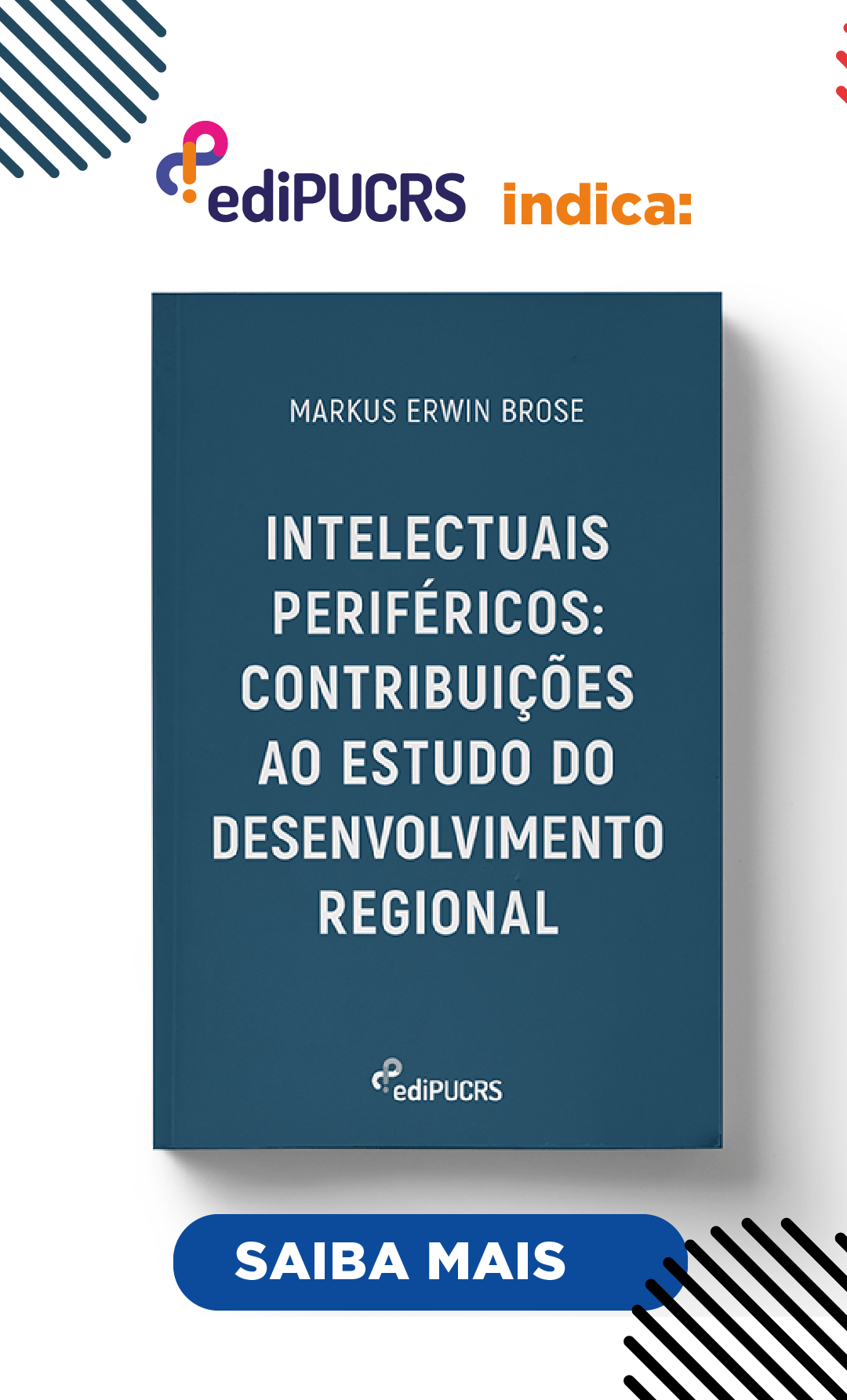(A)tendendo aos rizomas
Como a pesquisa de brincadeiras de bairro com crianças pode afetar e ser afetada por políticas e práticas de maneira transcalar no contexto do programa governamental ‘Play Sufficiency Duty’ do País de Gales
DOI:
https://doi.org/10.15448/1984-7289.2023.1.42098Palavras-chave:
Brincadeiras infantis, Espaço público, Participação, RizomasResumo
Os autores baseiam-se nas suas experiências de investigação sobre o programa Play Suffi ciency Duty do governo do País de Gales, para discutir como as condições do referido programa e a sua implementação para que as crianças brinquem nos seus bairros, se desenvolvem de maneiras rizomáticas que podem ser planejadas e inesperadas. Observando exemplos de pesquisas em bairros com crianças, os autores sugerem quatro dimensões da participação infantil (entendida como a capacidade de afetar e ser afetada): primeiro, vendo o brincar como um modo de participação na produção do espaço público; segundo, através da participação na pesquisa e influenciando o planejamento e o design a um nível hiperlocal; terceiro, pelas formas como essa pesquisa afeta pesquisadores e outros; e, quarto, como as histórias que emergem da pesquisa se espraiam em formas rizomáticas que afetam a referida política pública e a sua prática em múltiplas escalas intrarrelacionadas.
Downloads
Referências
Bodén, Linnea. 2021. On, to, with, for, by: ethics and children in research. Children’s Geographies. https://doi.org/10.1080/14733285.2021.1891405.
Burchardt, Jeremy. 2020. Far away and close to home: children’s toponyms and imagined geographies, c. 1870-1950. Journal of Historical Geography 69: 68-79. https://doi.org/10.1016/j.jhg.2020.05.005.
Carroll, Penelope, Octavia Calder-Dawe, Karen Witten, and Lanuola Asiasiga. 2018. A prefigurative politics of play in public places: children claim their democratic right to the city through play. Space and Culture 22 (3): 294-307. https://doi.org/10.1177/1206331218797546.
Dallimore, David. 2019. ‘I learn new things and climb trees’: what children say about play in wales. Cardiff: Play Wales.
Deleuze, Gilles, and Félix Guattari. 1988[2004]. A thousand plateaus: capitalism and schizophrenia. London: Continuum.
Factor, June. 2004. Tree stumps, manhole covers and rubbish tins: the invisible play-lines of a primary school playground. Childhood 11 (2): 142-54. https://doi.org/10.1177%2F0907568204043049.
Freeman, Claire. 2019. Twenty-five years of children’s geographies: a planner’s perspective. Children’s Geographies 18 (1): 110-21. https://doi.org/10.1080/14733285.2019.1598547.
Gill, Tim. 2021. Urban playground: how child-friendly planning and design can save cities. London: Riba.
Harker, Christopher. 2005. Playing and affective time-spaces. Children’s Geographies 3 (1): 47-62. https://doi.org/10.1080/14733280500037182.
Hart, Roger. 1979. Children’s experience of place. New York: Irvington.
Horton, John, and Peter Kraftl. 2017. Three playgrounds: researching the multiple geographies of children’s outdoor play. Environment and Planning A 50 (1): 214-35. https://doi.org/10.1177%2F0308518X17735324.
Ingold, Tim. 2007. Lines: A brief history. Abingdon: Routledge.
Jans, Marc. 2004. Children as citizens: towards a contemporary notion of child participation. Childhood 11 (1): 27-44. https://doi.org/10.1177%2F0907568204040182.
Kyttä, Marketta, Melody Oliver, Erika Ikeda, Ehsan Ahmadi, Ichiro Omiya and Tiina Laatikainen. 2018. Children as urbanites: mapping the affordances and behavior settings of urban environments for finnish and japanese children. Children’s Geographies 16 (3): 319-32. https://doi.org/10.1080/14733285.2018.1453923.
Lefebvre, Henri. (1969) 1996. Writings on cities. Oxford: Blackwell.
Lefebvre, Henri. (1970) 2003. The urban revolution. Minneapolis: University of Minneapolis Press.
Lester, Stuart. 2013. Rethinking children’s participation in democratic processes: a right to play. In Youth engagement: the civic-political lives of children and youth. Sociological Studies of Children and Youth, 16, edited by Sandi Kawecka Nenga and Jesica K. Taft. 21-43. Bingley: Emerald Group Publishing.
Lester, Stuart. 2020. Everyday playfulness: a new approach to children’s play and adult responses to it. London: Jessica Kingsley.
Lester, Stuart, and Wendy Russell. 2008. Play for a change: play, policy and practice – A review of contemporary perspectives. London: National Children’s Bureau.
Lester, Stuart, and Wendy Russell. 2013. Leopard skin wellies, a top hat and a vacuum cleaner hose: an analysis of Wales’ play sufficiency assessment duty. Cardiff: Play Wales.
Massey, Doreen. 2005. For Space. London: Sage.
Massumi, Brian. 2002. Parables for the virtual. Durham: Duke University Press.
Mayes, Eve. 2019. The mis/uses of ‘voice’ in (post) qualitative research with children and young people: histories, politics and ethics. International Journal of Qualitative Studies in Education 32 (10): 1191-1209. https://doi.org/10.1080/09518398.2019.1659438.
Pyyry, Noora. 2015. ‘Sensing with’ photography and ‘thinking with’ photographs in research into teenage girls’ hanging out. Children’s Geographies 13 (2): 149-63. https://doi.org/10.1080/14733285.2013.828453.
Pyyry, Noora. 2016. Participation by being: teenage girls hanging out at the shopping mall as dwelling with the world. emotion, Space and Society 18: 9-16. http://dx.doi.org/10.1016/j.emospa.2016.01.006.
Russell, Wendy. 2020. Children’s right to the good city. Urban Design 156: 16-8.
Russell, Wendy, Mike Barclay, Ben Tawil, and Charlotte Derry. 2020. Making it possible to do play sufficiency: exploring the conditions that support local authorities to secure sufficient opportunities for children in Wales to play. Cardiff: Play Wales.
Tawil, Ben, and Mike Barclay. 2020. Play sufficiency as an organising principle of community development. In Community development for social change, edited by Dave Beck, and Rod Purcell. Abingdon: Routledge.
Downloads
Publicado
Como Citar
Edição
Seção
Licença
Copyright (c) 2023 Civitas: revista de Ciências Sociais

Este trabalho está licenciado sob uma licença Creative Commons Attribution 4.0 International License. A submissão de originais para este periódico implica na transferência, pelos autores, dos direitos de publicação impressa e digital. Os direitos autorais para os artigos publicados são do autor, com direitos do periódico sobre a primeira publicação. Os autores somente poderão utilizar os mesmos resultados em outras publicações indicando claramente este periódico como o meio da publicação original. Em virtude de sermos um periódico de acesso aberto, permite-se o uso gratuito dos artigos em aplicações educacionais e científicas, desde que citada a fonte (por favor, veja a Licença Creative Commons no rodapé desta página).





